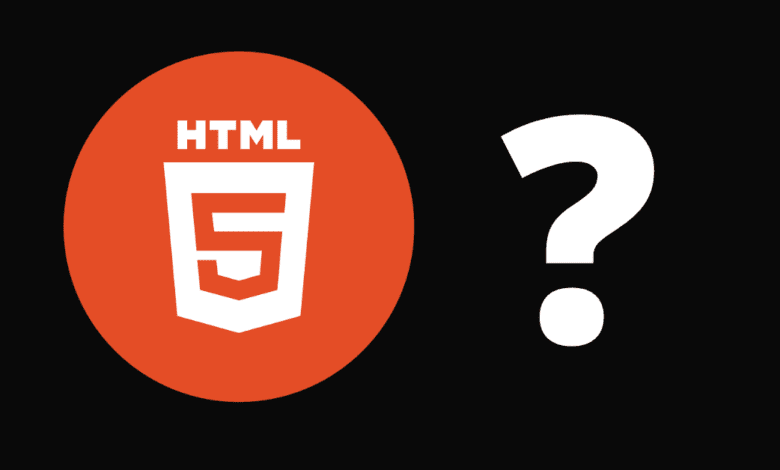What is HTML and what role does it play in web development?
Html Tutorials

HTML, or HyperText Markup Language, is the standard language used to create and design web pages. It forms the backbone of web content and structure, allowing developers to format text, embed multimedia, create links, and form the layout of a web page. HTML is essential for web development as it dictates how content is organized and displayed in a browser.
### Structure and Syntax of HTML
HTML is composed of a series of elements, represented by tags. Each tag serves a specific function and encloses content within angled brackets. For example, a paragraph is created using the `<p>` tag, while headings are denoted by `<h1>` to `<h6>` tags. HTML documents begin with a `<!DOCTYPE html>` declaration, followed by the `<html>` element that encompasses the entire content.
A basic HTML document structure looks like this:
“`html
<!DOCTYPE html>
<html>
<head>
<title>Page Title</title>
</head>
<body>
<h1>This is a Heading</h1>
<p>This is a paragraph.</p>
</body>
</html>
“`
In this structure, the `<head>` element contains meta-information such as the title, links to stylesheets, and scripts, while the `<body>` element holds the visible content of the web page.
### Role of HTML in Web Development
#### 1. **Content Structuring**
HTML’s primary role is to structure content logically and semantically. Tags like `<header>`, `<footer>`, `<section>`, and `<article>` help developers organize content in a way that makes sense both to the human reader and to search engines, which index pages based on their HTML content.
#### 2. **Hyperlinks and Navigation**
The “hypertext” aspect of HTML refers to its ability to create hyperlinks using the `<a>` tag. These links connect different pages and resources, forming the interconnected web. This is fundamental for navigation and the seamless user experience on the internet.
“`html
<a href=”https://www.example.com”>Visit Example</a>
“`
#### 3. **Multimedia Integration**
HTML supports the embedding of various multimedia elements such as images, videos, and audio. Tags like `<img>`, `<video>`, and `<audio>` make it possible to integrate rich media into web pages, enhancing user engagement and content delivery.
“`html
<img src=”image.jpg” alt=”Description of image”>
<video controls>
<source src=”movie.mp4″ type=”video/mp4″>
</video>
“`
#### 4. **Forms and User Interaction**
HTML forms, created with the `<form>` element, are crucial for collecting user input. They enable functionalities like login pages, search bars, and feedback forms. Elements such as `<input>`, `<textarea>`, and `<button>` are used to create interactive fields and controls.
“`html
<form action=”/submit” method=”post”>
<label for=”name”>Name:</label>
<input type=”text” id=”name” name=”name”>
<input type=”submit” value=”Submit”>
</form>
“`
### Interplay with CSS and JavaScript
While HTML provides the structure, CSS (Cascading Style Sheets) is used to style the content, and JavaScript is used to add interactivity. This separation of concerns allows developers to maintain clean, organized code. For instance, an HTML file will contain the raw content, a CSS file will dictate the visual presentation, and a JavaScript file will handle dynamic behaviors.
“`html
<!– HTML –>
<div id=”greeting”>Hello, World!</div>
<!– CSS –>
<style>
#greeting {
color: blue;
font-size: 20px;
}
</style>
<!– JavaScript –>
<script>
document.getElementById(‘greeting’).addEventListener(‘click’, function() {
alert(‘Greeting clicked!’);
});
</script>
“`
### Conclusion
HTML is fundamental to web development as it provides the essential structure of web pages. Its elements and attributes form the basis upon which CSS and JavaScript can build. Understanding HTML is the first step for anyone aspiring to become a web developer, as it lays the groundwork for creating functional, accessible, and user-friendly websites.




